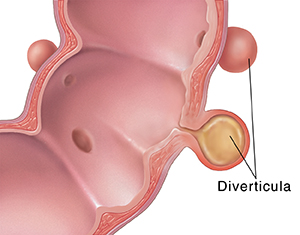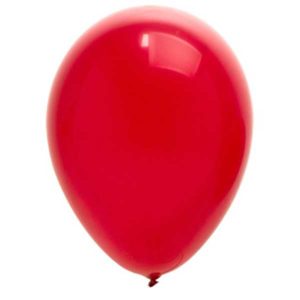You’ve just had your first colonoscopy. The doc says there are no polyps, but you’ll need to avoid nuts and seeds for now on because you have DIVERTICULOSIS. What?!
Imagine blowing up a balloon to ‘standard’ size, tying a knot in it, then covering the balloon with plaster of Paris (papier mache). Allow it to dry, then, pop the balloon. What happens? Of course, the balloon is gone, but the shape of it remains permanently intact thanks to the plaster. That’s what you’ve got in your colon when you have diverticulosis: permanent extra ‘pockets’. The colon walls don’t bounce back to their normal shape after the waste is cleared.
Enter Unhealthful Organisms
Trillions of bacteria (flora) inhabit our digestive tracts, and the majority needs to be the beneficial kind. These species protect us from disease, by aiding elimination of toxins. H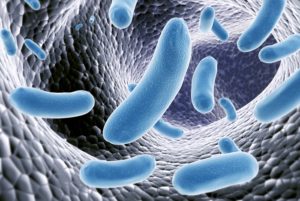 owever, if you’ve ever used a course of antibiotics for an infection somewhere in your body, you’ve shaken up the balance of flora. Chances are, you are left with more of the unfriendly kind, and probably a larger population of yeasts (which are naturally immune to antibiotics). This may increase your risk of acute diverticulitis—an infection of one or more pockets. The bacteria that thrive on indigestible fibres, along with these small fibres themselves, move in and multiply in the pockets. This can lead to inflammation and infection.
owever, if you’ve ever used a course of antibiotics for an infection somewhere in your body, you’ve shaken up the balance of flora. Chances are, you are left with more of the unfriendly kind, and probably a larger population of yeasts (which are naturally immune to antibiotics). This may increase your risk of acute diverticulitis—an infection of one or more pockets. The bacteria that thrive on indigestible fibres, along with these small fibres themselves, move in and multiply in the pockets. This can lead to inflammation and infection.
The Vicious Cycle
Diverticular pockets are thought to form most easily in ch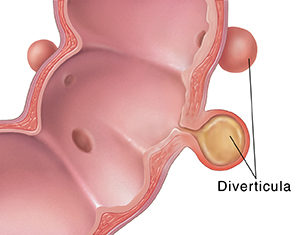 ronically constipated individuals, where impacted feces stretch the walls of the colon over time. The day comes where you start feeling pain on the left side of your abdomen. Fever and rigidity of the abdomen ensue, and you are unable to have a bowel movement. You go to the doctor, who sends you to the hospital for medical imagery and ultimately, you are prescribed antibiotics. You sterilize your intestinal tract in doing so, and your symptoms go away—-for a while.
ronically constipated individuals, where impacted feces stretch the walls of the colon over time. The day comes where you start feeling pain on the left side of your abdomen. Fever and rigidity of the abdomen ensue, and you are unable to have a bowel movement. You go to the doctor, who sends you to the hospital for medical imagery and ultimately, you are prescribed antibiotics. You sterilize your intestinal tract in doing so, and your symptoms go away—-for a while.
Stop the Cycle
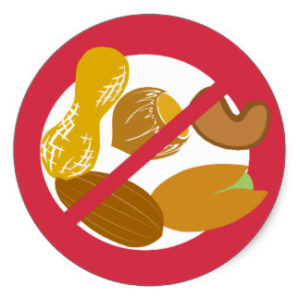 This approach to managing diverticulosis is a vicious cycle, because there is much more to it. You’ve been avoiding consumption of seeds and fruits with seeds. So what gives?
This approach to managing diverticulosis is a vicious cycle, because there is much more to it. You’ve been avoiding consumption of seeds and fruits with seeds. So what gives?
You need a strong immune system to prevent and fight off infection, and to create a strong immune system, you need healthy bowel movements and GREAT NUTRITION. If you feel like you are missing the key to preventing recurring bouts of diverticulitis, look no further. A nutritionist with extensive knowledge of the gastrointestinal tract, its inhabitants and the influences of food on those inhabitants can assist you in your quest for gastrointestinal health by designing a Digestive Rejuvenation Program. It won’t cure diverticulosis, but it will strengthen your resistence to its complications.
